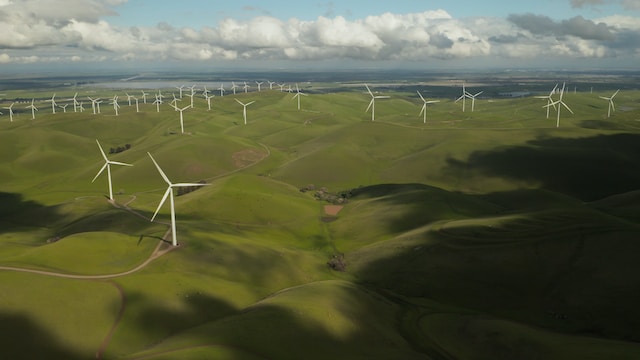The Role of Technology in Combating Climate Change

As the world grapples with the escalating effects of climate change, technology emerges as a crucial ally in the fight to mitigate its impacts. From renewable energy innovations to smart agriculture, technology offers a suite of solutions that can help reduce greenhouse gas emissions and promote sustainability. This article explores key technological advancements and their roles in addressing climate change.
1. Renewable Energy Sources
One of the most significant contributors to climate change is the reliance on fossil fuels for energy. Transitioning to renewable energy sources is vital for reducing carbon emissions.
Solar Energy
Solar panels harness sunlight to generate electricity, making solar power one of the fastest-growing energy sources globally. Innovations in photovoltaic technology are increasing efficiency and reducing costs, making solar energy more accessible to households and businesses.
Wind Energy
Wind turbines convert kinetic energy from wind into electricity. Advances in turbine design and offshore wind farms are expanding the potential for wind energy, contributing significantly to clean energy goals.
Hydropower
Hydropower remains one of the largest sources of renewable energy. Innovations in small-scale and hydrokinetic systems provide opportunities to harness water flow in rivers and tidal areas without large environmental impacts.
2. Energy Storage Solutions
As renewable energy sources become more prevalent, energy storage technologies are essential for managing supply and demand.
Batteries
Advancements in battery technology, particularly lithium-ion and emerging solid-state batteries, are critical for storing excess energy generated from renewables. These batteries enable homes, businesses, and electric vehicles to use stored energy during peak demand periods.
Grid Solutions
Smart grid technology enhances the efficiency of electricity distribution and allows for better integration of renewable sources. Through real-time data monitoring and management, smart grids can optimize energy flow and reduce wastage.
3. Sustainable Agriculture
Agriculture is both a contributor to and victim of climate change. Technological advancements in this sector can promote sustainable practices that reduce emissions and enhance resilience.
Precision Farming
Using sensors, drones, and data analytics, precision farming techniques allow farmers to optimize water use, fertilizer application, and pest control. This approach minimizes waste and enhances crop yields while reducing environmental impact.
Vertical Farming
Vertical farming employs controlled environments to grow crops in urban areas. This method reduces land use and transportation emissions, offering a sustainable alternative to traditional agriculture.
4. Carbon Capture and Storage (CCS)
CCS technology plays a vital role in reducing emissions from industrial processes. By capturing carbon dioxide before it is released into the atmosphere, CCS can significantly mitigate climate change impacts.
Direct Air Capture
Emerging technologies that directly capture CO2 from the atmosphere are gaining attention. These systems can remove significant amounts of greenhouse gases, potentially enabling negative emissions and aiding climate stabilization.
5. Transportation Innovations
The transportation sector is a major source of greenhouse gas emissions. Technological innovations are driving a transition to more sustainable mobility solutions.
Electric Vehicles (EVs)
The rise of electric vehicles, powered by renewable energy, offers a cleaner alternative to traditional combustion engines. Advances in battery technology and charging infrastructure are making EVs more accessible and practical for consumers.
Public Transportation Improvements
Investing in smart public transport systems enhances efficiency and encourages people to shift from private vehicles. Technologies such as real-time tracking, mobile ticketing, and integrated transit apps improve user experience and increase ridership.
6. Climate Data and Monitoring
Technology is also instrumental in understanding and addressing climate change through improved data collection and analysis.
Satellite Monitoring
Satellites provide critical data on climate patterns, deforestation, and greenhouse gas emissions. This information aids policymakers and researchers in making informed decisions about climate action.
AI and Big Data
Artificial intelligence and big data analytics help model climate scenarios, predict impacts, and optimize resource management. These technologies enable more effective climate strategies and responses.
Conclusion
Technology plays an indispensable role in combating climate change by providing innovative solutions across various sectors. From renewable energy and sustainable agriculture to advanced transportation and climate monitoring, these technological advancements can help create a more sustainable future. However, successful implementation requires collaboration among governments, businesses, and communities to ensure that these technologies are accessible and effective in addressing the urgent challenges posed by climate change. By harnessing the power of technology, we can work towards a more resilient and sustainable planet.




